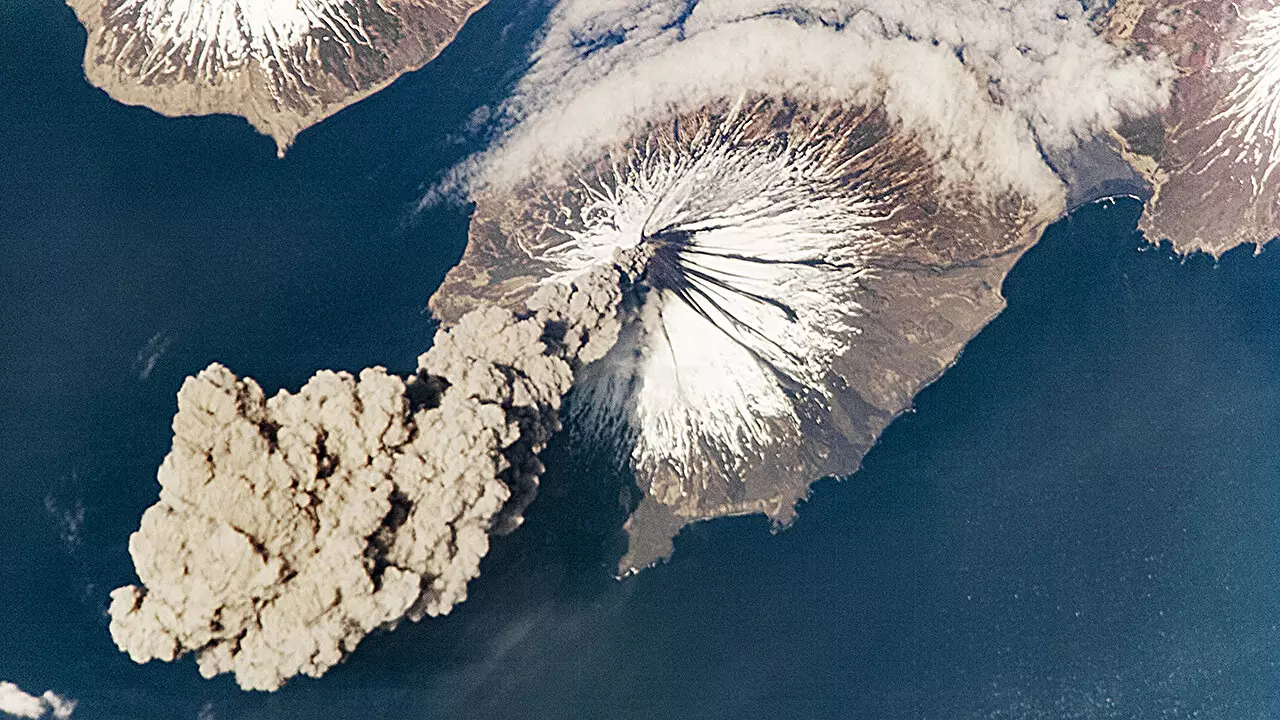Subduction zones are formidable pillars of Earth’s geological phenomenon, representing areas where tectonic plates converge, leading to one plate descending beneath another. This process lays the groundwork for some of the planet’s most dynamic activity, such as volcanic eruptions and earthquakes. However, recent research has shed light on a less observable, yet equally fascinating aspect: the intricate relationship between these zones and water dynamics. The unique interactions between oceanic plates and the Earth’s hot mantle introduce complex factors, contributing significantly to both hydrology and geochemistry on a monumental scale.
Water Release and Mantle Hydration: A Complex Dance
One crucial revelation from recent studies is the cyclical nature of water release as oceanic plates dive into the mantle. As these water-logged plates subduct, they release water, leading to hydration of the mantle above. This process has a dual effect: it not only aids in volcanic activity by promoting melting but also plays a vital role in regulating the depths at which damaging earthquakes can occur. Researchers have meticulously simulated scenarios where a 90-million-year-old plate interacts with a younger 10-million-year-old counterpart, observing the changes in geophysical properties, including gravity anomalies and seismic velocities. These observations are pivotal in understanding how hydration dynamics fluctuate throughout the life cycle of subduction zones.
The Golden Window of Hydration
In examining these processes, a pivotal understanding emerges: there are ideal moments during subduction where mantle hydration peaks. Early on, as the slab begins its descent, dehydration occurs rapidly; however, high temperatures in the surrounding mantle wedge inhibit the stabilization of hydrous minerals. This stage appears counterintuitive: although fluids are released, they do not contribute to hydration efficiently. Conversely, as the plate descends deeper, particularly during a transitional phase known as mature subduction, the interaction stabilizes sufficient water levels. It’s during this brief window—a fleeting “sweet spot”—where hydration thrives due to the juxtaposition of a cooling wedge and a still-hot slab.
Implications for Understanding Earth’s Water Cycle
This revelation about the volume of water stored in Earth’s mantle is groundbreaking. Estimates now suggest that the fore-arc mantle wedges potentially contain ten times more water than previously surmised, amounting to approximately 0.4% of the total water present in Earth’s oceans. This newfound understanding paves the way for significant insights into not only tectonic activity but also broader geological and ecological systems. Water movements through subduction zones play a crucial role in cycling between the Earth’s subsurface, oceans, and atmosphere, grounding our knowledge of these interactions in a more comprehensive framework.
In light of these findings, it is clear that the symphony of forces shaping our planet is interwoven with unseen elements—water being a fundamental player. The studies conducted offer a transformative lens, urging us to appreciate the complexity of subduction zones, where hydration impacts not only geological activity but potentially even climate patterns and ocean chemistry. The stakes of understanding these subterranean movements couldn’t be higher as we decipher the integral relationship between water and the Earth’s intricate behaviors.


Leave a Reply